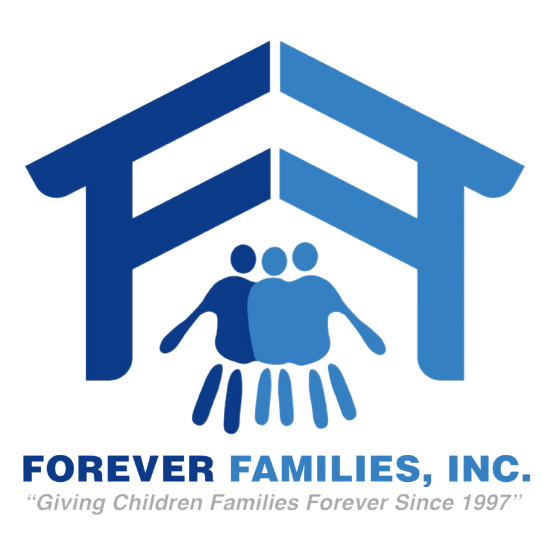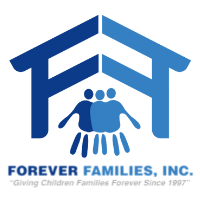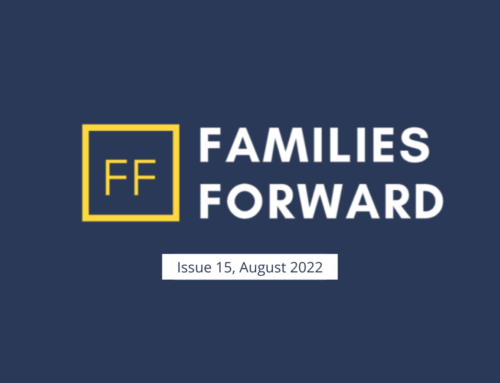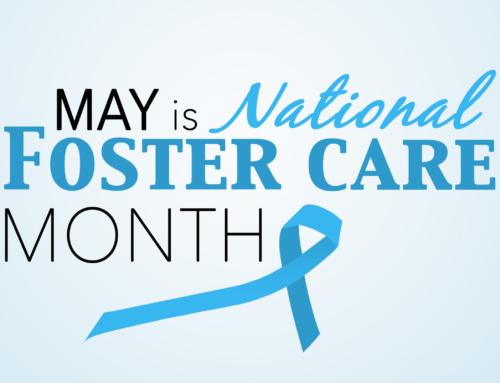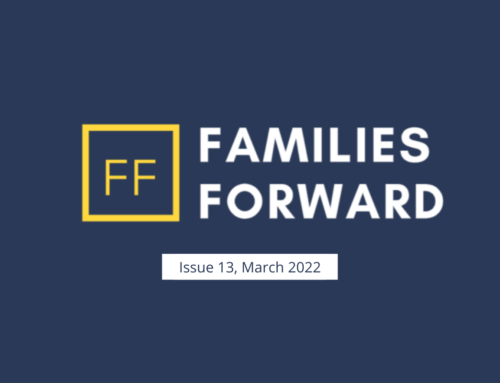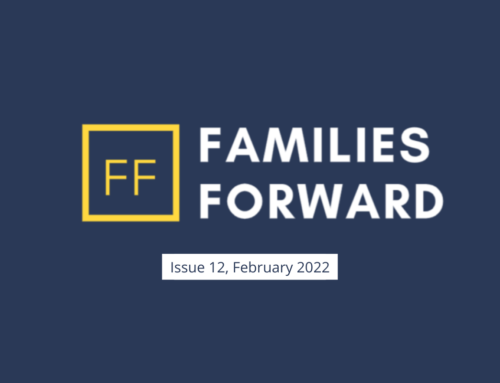State ward adoption refers to an adoption of a child whose parents’ parental rights have been terminated by the court and the child is committed to the state for care and supervision.
ORIENTATION AND TRAINING
While a child is in foster care the child is generally placed with a relative or foster parent while the permanency goal is reunification. This means that the ultimate goal is for the birth parents to complete and benefit from a treatment plan to become more equipped to appropriately parent their children. Sometimes this goal is not achieved and the birth parents’ parental rights are terminated. The relative or foster parent who has placement of the child may not be approved for adoption. Even though they have the child in their home for foster care purposes, the family will still need to complete the adoption assessment process in order to be approved to adopt the child. Once parental rights are terminated, an adoption worker will be assigned. The worker will schedule an individual orientation with the family to discuss the adoption process and what is needed to approve the family to adopt.
There are also families who are interested in becoming approved to adopt without already being matched with a child. To begin the adoption process, you will contact Forever Families to register for State Ward Adoption Orientation, which are offered virtually every other month on the third Wednesday. There is a nonrefundable fee for Forever Families to complete an adoption home study.
After you have completed Orientation, you will be registered for PRIDE (Parent Resources for Information, Development, and Education) training. If you are a licensed foster parent or a licensed relative who has already completed PRIDE training, you or your licensing worker will need to provide your training certificate to the adoption worker. You will not be required to complete PRIDE again if it has already been completed previously.
GROW training will be replacing PRIDE training. It is anticipated that PRIDE will no longer be available after May 2021. Additional information about the required training is located at www.fcnp.org. Once your training is completed, the trainer will send a copy of your completion certificate to the assigned worker.
Although you have completed the basic required training, every child has different needs and every family has different levels of experience. You will likely be asked to complete additional trainings throughout the case to better prepare you for a child’s specific needs. Additionally, is it often anticipated that families will participate in Trauma Informed Parenting, as every child who has been in foster care and is available for state ward adoption has been either abused or neglected. Forever Families also has a Foster Parent Support Group (adoptive families are welcome) which is beneficial for meeting other families going through the same process, and building your support system.
ASSESSMENT
Fingerprints- Every applicant will need to be registered for a fingerprinting appointment for adoption purposes. Adoption fingerprints need to be renewed every year until the adoption is finalized. Once you are fingerprinted and provide the completed forms to your worker, the worker will submit them for processing. Results can take anywhere from 2-12 weeks for your worker to receive, so it is imperative that fingerprints be completed as soon as possible so as not to delay the assessment process.
Documents and information-In addition to PRIDE training and fingerprints, the assessment is a very invasive process. There is a range of personal information and documents that will be needed throughout the assessment including information regarding criminal history, medical information, employment and financial information, and social history (how you were raised, information about your family, education and employment history, etc.). It is easy to get overwhelmed when gathering and providing all of the information to your worker- please be sure to keep your worker informed if you have any questions or run into any issues with obtaining documents. The worker will also complete a walk-through of your home to determine the appropriateness of the home (sleeping arrangements, cleanliness, working appliances, any safety concerns), and any concerns will need to be addressed prior to approval of your home assessment.
While the worker is writing your home assessment, he or she will also be completing a child assessment for the child in your home. Your assistance will be needed for this assessment to help the worker get to know the child and write an assessment on the child’s history, needs, behaviors, and other information.
MATCH WITH A CHILD
Once your adoption home assessment is approved, the next steps will depend on whether or not you are matched with a child. If a family is not yet matched with a child, the family will then be able to begin to participate in meet and greets with children and submit inquiries on MARE.org (Michigan Adoption Resource Exchange). Depending on the family’s preference in age, race, and needs, the family could be matched with a child rather quickly if they are open to more options, or it could take years for a family to be matched with a child if the family has very limited preferences.
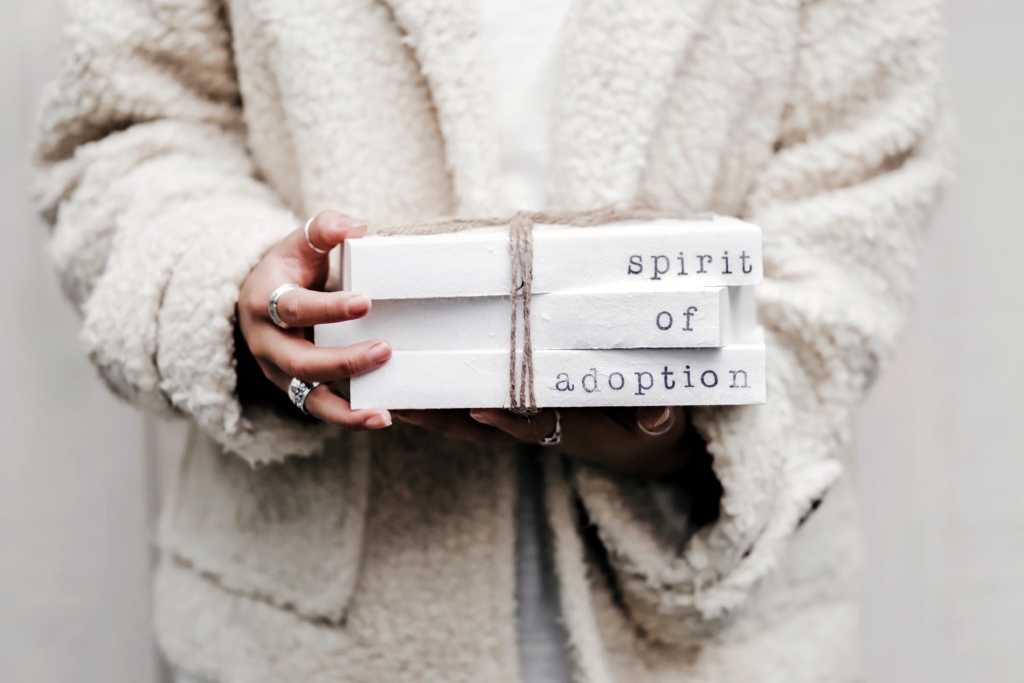
ADOPTION ASSISTANCE/SUBSIDY
For families who are already matched with a child, the next step after your home assessment is approved is to apply for subsidy/adoption assistance. Most families are approved to receive adoption assistance, or daily payments after the adoption until the child turns 18. There are circumstances where the family will not receive these payments, the most common reason being that they are adopting an unrelated child under age three.
All children with a documented medical diagnosis will qualify for medical subsidy. If a medical diagnosis is approved by the subsidy office, it will be listed on the medical subsidy contract. If the child needs treatment related to the medical diagnosis but is not covered by insurance and the family has exhausted all other avenues for financial assistance, the family can contact the subsidy office to request financial assistance to help pay for the treatment. The initial adoption assistance and medical subsidy contracts are typically received within 30 days of applying. At any time after the adoption, if a child develops a condition or a chronic medical diagnosis, the adoptive parent is able to apply for medical subsidy for that condition with the subsidy office, even if the family does not receive adoption assistance.
CONSENT
The worker is also able to apply for consent at the same time as applying for subsidy. The request for consent from the placing agency is a recommendation that a specified family be granted consent to adoption for a state ward by the MCI superintendent. The superintendent or a designee from the MCI office will review the worker’s request which includes various documents and reports for the family and child. Consent is usually received within 30 days of applying. If there is another family interested in adopting the same child, this becomes a competing party case. The worker recommends one of the families, but MCI makes the final decision regarding who will be granted consent. In these circumstances, consent should be received within 90 days of applying. Competing party cases are often very complicated and therefore the MCI office needs to spend additional time reviewing them.
PETITION PACKET
Once subsidy and consent are received, the worker will draft the legal paperwork needed for the adoption petition to be filed at court. The family will sign the paperwork and the assigned worker will file the adoption petition packet at the court of jurisdiction, or the court in the county where the family and child reside. With the petition packet, the family will be required to pay the filing fee and the birth certificate fee. If the family has been approved for reimbursement by the subsidy office, the family will be able to request reimbursement from the state for these fees. After the petition packet is filed, the time frame for finalizing the adoption varies greatly depending on the court where the petition is filed, as well as circumstances of the case.
OTHER CIRCUMSTANCES
Time frames vary with each case. Two orders will be provided by the court- the Order Placing Child, and the Order of Adoption. The time between signing the two court orders is called a supervision period. At that time, foster care closes the case but the adoption case remains open until finalization. A child must reside in the home for six months before requesting finalization. If there are concerns in the home, the case will often be placed into supervision before allowing finalization, so that the case will continue to be monitored by the adoption worker until all concerns have been resolved. If there is a competing party, the case is required by law to be placed into supervision for a minimum of 56 days to allow the denied family a chance to appeal the consent decision. If the denied family appeals, there is a section 45 hearing scheduled for the family to prove that MCI’s decision to deny them was arbitrary and capricious. The time frames for completion of this hearing vary widely on a case by case basis. If the court finds that MCI’s decision was not arbitrary and capricious, finalization can be requested.
Overall, the adoption process is very detailed and in-depth. There are many steps throughout the process and this is just a general overview. On average, a state ward adoption case is completed within 6-8 months. Every single case is different and may not follow the estimated time frames. If you have any questions or concerns throughout your case, you should never hesitate to reach out to your worker for more information or clarification!
